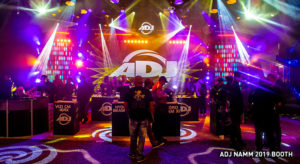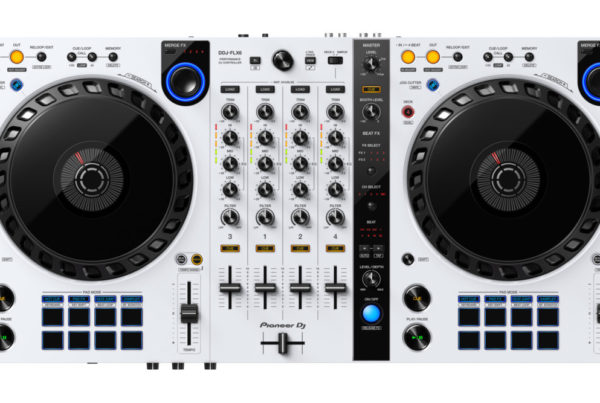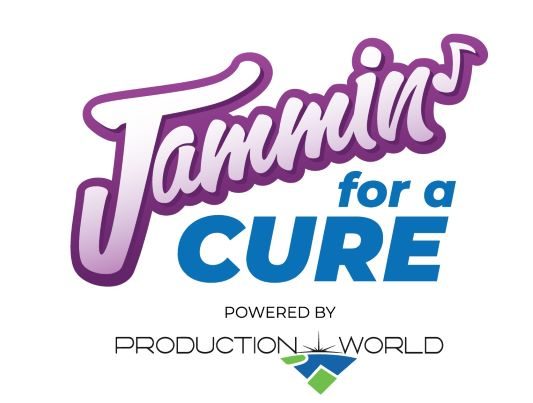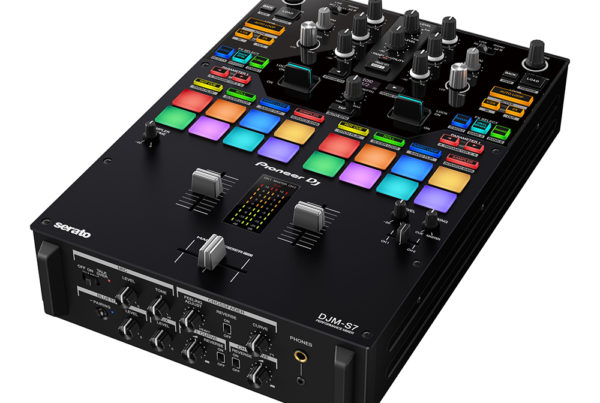DJ Tips and Tricks — from scratch to harmonic mixing. It’s an art, even a science. How do they do it? Let’s dive in.

- SCRATCH
Perhaps the most known signature of the DJ is the DJ scratch, although it is not heard as often these days. Experienced DJs suggest that more than a handful of tunes in a one hour set are more than enough. If you’re a hip hop DJ, you probably have developed carpal tunnel symptoms from the almost constant scratching. Scratching is a doorway to a syncopated experience, and if a DJ is percussively good with their hands, that’s a good thing. Scratching emphasizes off beats and is better applied at key moments in the mix. Yup, it’s a feel thang.
- MIXING
Thanks to today’s software, like Mixed In Key, DJs know what key any given song is playing in. Some DJs like to focus on key attributes like kick pedals to match up their tunes. The challenge is to be seamless so that people don’t know exactly when a DJ has changed tunes. Musically, one can get away with related keys, as opposed to sticking to the same key. By example, A minor is the relative minor to C. So going from a song in C to a song in A minor can sound quite natural. Same thing goes with a song in C major transitioning to a song in G major, the fifth note in the scale of C. It requires experimentation and familiarizing the ear with key changes.
- FADERS
Experienced DJs are careful to limit how much they use up faders, preferring to use them to tease in the next song. Critics are harsh on DJs who cut vocals out when fading within the body of the song. The rule of thumb here is to use them sparingly.
- AUDIO FX and PROCESSING
Reverb, delay, flanger — they’re seductive, yes, but remember, too much washes out the original sound qualities of the track. Also, be aware of your EQ. There is nothing worse than the sound dynamics wandering all over the map from song to song. Sustaining reasonably consistent levels of bass, mid and highs ensures your liver mix continues to flow and keeps the dancers on the dance floor. Make sure you avoid clipping. Louder is not always better.
- LIGHTING and SPECIAL EFFECTS
The active DJ spends a lot of money on gear. Lighting and special effects such as fog machines and lasers drain the bank account, but there is gear out there, such as at Shop Production World, offering cost effective solutions. DJs are as much performers as any musician. Lighting and special effects create moods and, if applied well and in sync to the music, it amps up the experience. Much of today’s gear is designed to respond to music. Don’t forget staging elements, like event facades and trusses. Consider a projector facing the façade saturating it with video images. Nothing like seeing Hepburn and Bogart in black and white — if you’re old enough to know who they are. (Check out “Casa Blanca” — a classic.)
- GENRES
Mix it up. Test out new genres. A benefit of this is that it allows a DJ to respond to different types of crowds and tastes (even within the same crowd). The ability to switch it up will be particularly effective at weddings — polka, anyone?
- HOW ARE YOU DOING?
Capture your performances to see how you are doing and how the crowd is responding. Ask a friend to capture a few performances and perhaps get someone to edit it together. Can you say “electronic press kit” (EPK)?
These are just a few tips. If you are a DJ, send us your best tips — even links to your videos. Share the knowledge.




